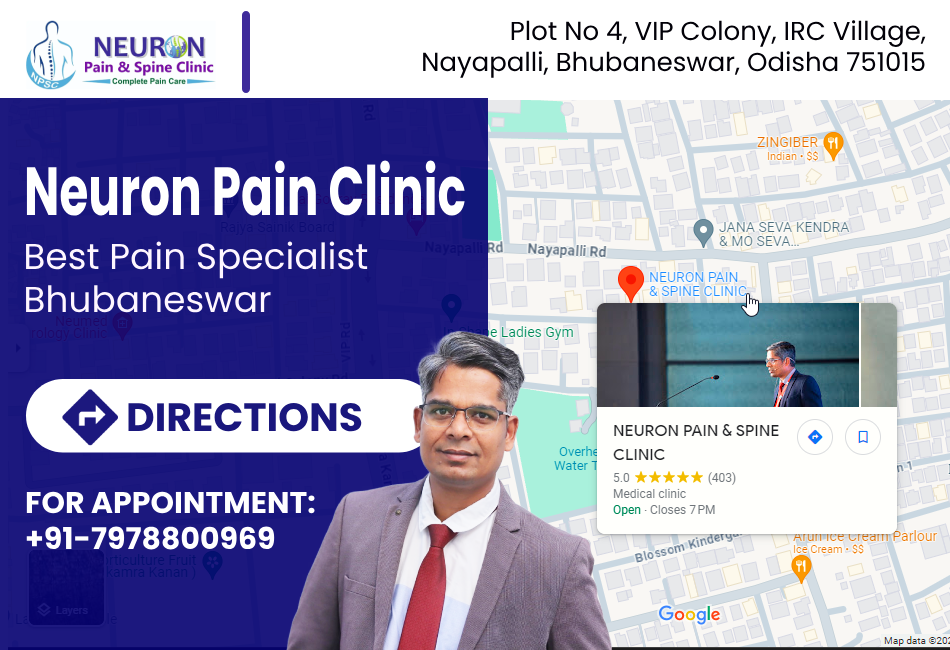What is Arthritis?
Arthritis is a disease that causes pain, swelling and stiffness in our joints. It is basically a disease of human joints. It can affect the largest and strongest joints in your body. It’s common in knees. Arthritis of the knee can be a serious, and debilitating disease.
What are the types of arthritis of the knee?
There are around 100 types of arthritis. The most common types that might affect your knees include:
- Osteoarthritisis the most common of the types on this list. Osteoarthritis wears away your cartilage — the cushioning between the three bones of your knee joint. Without that protection, your bones rub against each other. This can cause pain, stiffness and limited movement. It can also lead to the development of bone spurs. Osteoarthritis gets worse as time passes.
- Post-traumatic arthritisis a type of osteoarthritis. The cartilage starts thinning after trauma to your knee (like an injury from a car crash or contact sport). Your bones rub together, and that causes the same symptoms as osteoarthritis: pain, stiffness and limited movement. Your knee arthritis symptoms might not start until years after the trauma.
- Rheumatoid arthritisis an autoimmune disease. A healthy immune system causes inflammation (internal or external) when it’s trying to protect you from an infection, injury, toxin or another foreign invader. The inflammatory response is one way your body protects itself. If you have rheumatoid arthritis, you have an unhealthy immune system that triggers inflammation in your joints even though there’s no foreign invader. The inflammation causes pain, stiffness and swelling of the synovial membrane, which can also wear away your cartilage.
Risk factors for developing knee arthritis?
People of all ages can get arthritis, including arthritis of the knee. If you’re age 50 or older, you have a higher risk of getting knee arthritis. Women get knee arthritis more often than men. Obesity, smoking, repeated injury or trauma to knee, and some genetic factors can predispose an individual to early arthritis.
How common is arthritis of the knee?
Knee arthritis is the 2nd most common musculoskeletal condition after low back pain worldwide. It estimated that around 50% or more people have symptoms of arthritis of knee when they are above the age of 55 to 60 years.
What are the stages of arthritis of the knee?
There are five stages of osteoarthritis, the most common type of arthritis that affects your knees:
- Stage 0(Normal). If you’re at stage 0, your knees are healthy. You don’t have arthritis of the knee.
- Stage 1(Minor). Stage 1 means that you’ve got some wear and tear in your knee joint. You probably won’t notice pain.
- Stage 2(Mild). The mild stage is when you might start to feel pain and stiffness, but there’s still enough cartilage to keep the bones from actually touching.
- Stage 3(Moderate). If you’re at the moderate stage, you’ll have more pain, especially when running, walking, squatting, and kneeling. You’ll likely notice it after long periods of rest (like first thing in the morning). You’re probably in a great deal of pain because the cartilage has narrowed even further and there are many bone spurs.
- Stage 4(Severe). Severe osteoarthritis means that the cartilage is almost gone. Your knee is stiff, painful and possibly immobile. You might need surgery.
What are the signs and symptoms of arthritis of the knee?
There are many signs and symptoms of arthritis of the knee:
- Creaking, clicking, grinding or snapping noises (crepitus) with pain in and around knee
- Difficulty walking
- Pain climbing stairs
- Joint stiffness
- Knee buckling
- Swelling
- Warm skin
Treatment of knee arthritis
Preventive
- Maintain a healthy weight.
- Exercise using low-impact activities (swimming, cycling) instead of high-impact activities (jogging, tennis).
- Wear shock-absorbing inserts in your shoes.
- Apply heat to the area.
- Wear a knee brace.
- Physical therapy exercises that help with flexibility, strength and motion.
- Avoid knee injury
- Good nutrition
Treatment
- Medications- Pain killers under doctor supervision, knee cartilage protecting medicines
- Topical creams
Non-surgical treatment
- Platelet Rich Plasma- Here patients’ own blood is taken and then after processing high platelet concentration plasma is formed and that is injected into knee joint. This helps in new cartilage formation.
- Viscosupplement or hyaluronic injection into knee joint- this helps in moderate grade arthritis of knee
- Radiofrequency ablation- This is done targeting the pain-carrying nerves around the knee joint and highly effective if done properly.
- Surgery in advanced arthritis

